The Internet Of Things Keeps Letting Me Down
It can be tough sometimes, being an Internet of Things cheerleader. A world of devices that silently talk between themselves should be making my life easier; instead, it's giving me a serious headache.
It's enough to introduce a thunderous cloud over the usual domestic bliss, and has frankly left me wondering who, exactly, I can recommend the current state of the Internet of Things to. Interest in the smart home has never been higher, but if it only takes a couple of subpar experiences to sour a user on the whole thing, then – if my failure rate is anything to go by – I give it a week, max, before it all goes straight back to the store.
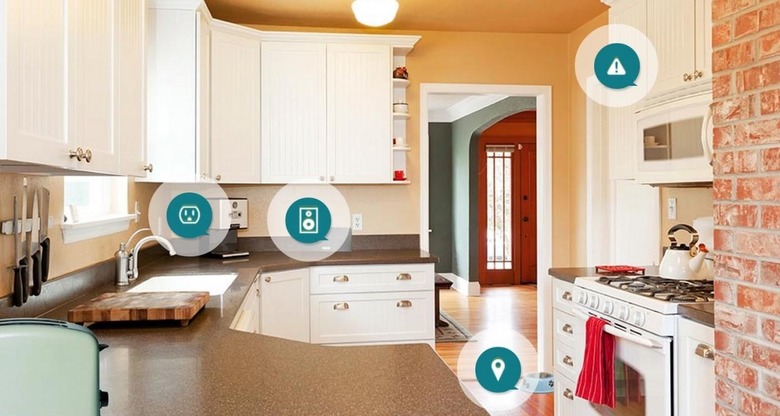
I'm not talking about the gut-reaction many have apparently had, to bake internet connectivity into anything and everything you might possibly have in your house, car, or anywhere else (and then usually launch a Kickstarter for it). We're fairly draconian at pruning out the more obviously fatuous devices we get pitched on, and if you think the IoT tech that does make it to the homepage is fairly crazy, you should see what gets deleted from our collective inbox.
Not for nothing is there an "Internet of Sh*t" Twitter account, never short of weird and not-really-wonderful ideas to deride.
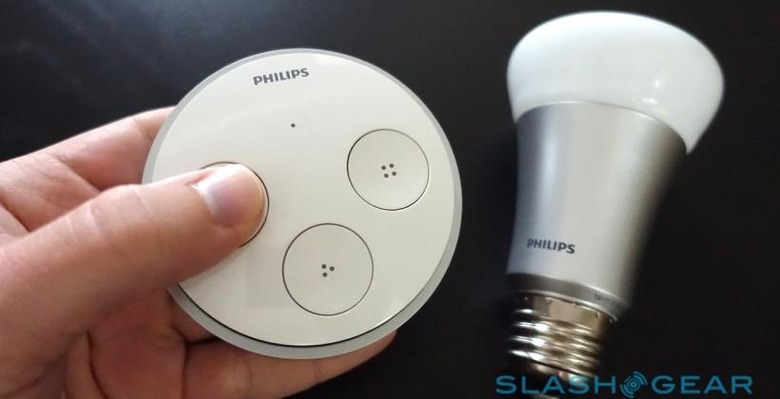
No, I'm talking about the IoT that has managed to become, if not actually mainstream, then under the noses of the mainstream in their local Fry's, or Home Depot, or Best Buy. Connected lights, and smart thermostats, and clever locks that recognize proximity, and the umbrella hubs that try to connect them all together.
Last night, when I hit the shortcut on my iPhone, one of the Hue bulbs lit up and the other didn't. I switched the lamp it was screwed into off, and back on again, but it still wouldn't follow the instructions from Philips' app. Sending the "All off" command and then starting over didn't help. Just that one bulb, insisting on being default-white.
It's not just Philips, though. Nest's smart thermostat periodically second-guesses me, seemingly ignoring the room temperature and the fact that it's no longer winter and turning the heating on when I least expect it. Luckily, Amazon's Echo now supports voice commands for Nest, so I can bark out "Alexa, set living room temperature to 68 degrees", but that assumes I'm home (or awake) to realize it's happening.
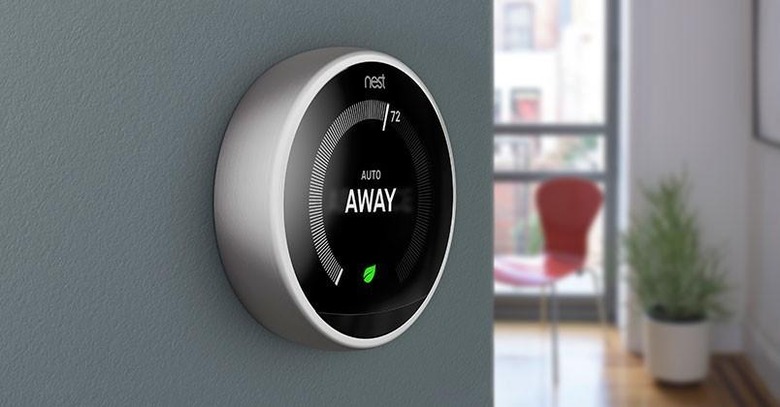
Usually, things go wrong just at the point where you don't have time to troubleshoot them. The August Smart Lock on the back door decided recently to give up talking with the Smart Keypad on the doorframe outside, leaving me looking like an easily-confused safecracker as I punched in my code over and over again, ear pressed against the wood to try to hear the bleep-bloop as the lock responded.
When I finally got in, and tried the connection with my phone, the August app hijacked it to slowly install a firmware update.
I still haven't figured out what combination of steps causes my Hue lights to turn off in one room as they turn on in another, which I'm guessing depends on some arcane mixture of the app, the Hue Tap button, and possibly SmartThings weighing in too.
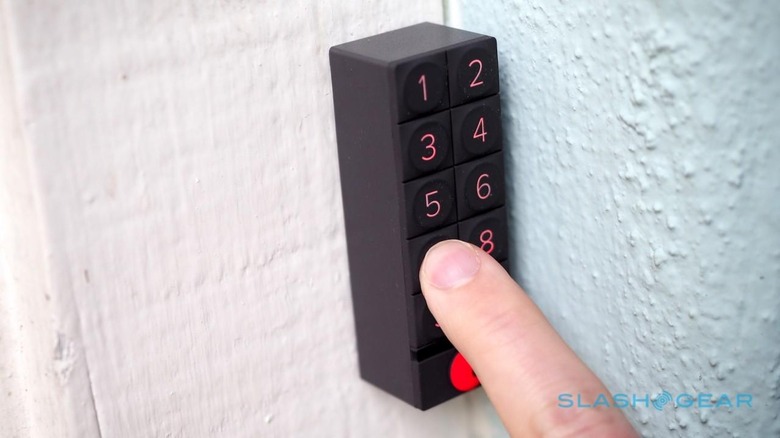
Perhaps most frustrating, it's never an absolute break-down. If things just didn't work, period, I could go cold-turkey and walk away.
Those complete failures are rare, however; instead, it's far more common for one small aspect to glitch, or stop short of what you expect it to do. A rogue lamp that won't dim, or a remotely-controlled outlet that doesn't turn on when you expect it to. Your internet-connected, app-managed espresso machine that occasionally forgets its Bluetooth pairing. The 4G dongle for your car that ignores half your journey, and then fires off a dozen "Alert! Your Car Is Being Moved!" warnings when you already know you're behind the wheel.
Part of the problem, I suspect, is interconnectivity between platforms. If networking can be a headache when you're dealing with nothing more than ethernet cables and WiFi, then it becomes a mental minefield when you throw in proprietary wireless standards, ZigBee and Z-Wave, Bluetooth in its various incarnations, and more.
Unfortunately, interconnectivity is a cornerstone of the IoT; in fact, I'd struggle to recommend any platform that opted not to play with the wares from other companies. The "best" connected thermostat is not necessarily made by the people responsible for the "best" connected bulb, or the "best" streaming camera.
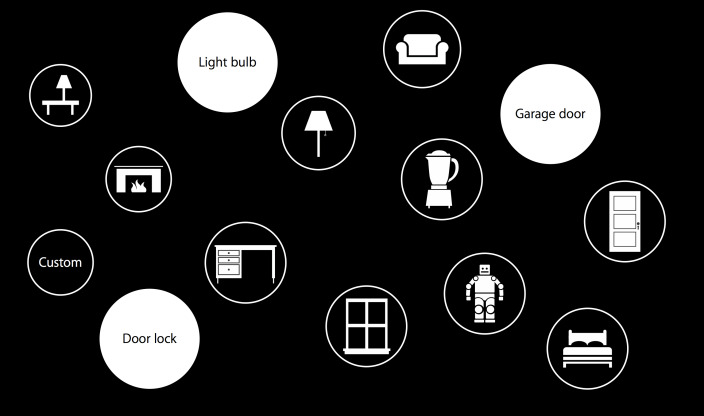
I'm not confident that the end is in sight, either. Apple's HomeKit has promise, but it's proved fairly slow to gain traction. Similarly, Google looked like it might bring its heft to bear with Weave and Brillo, its IoT standards announced at I/O 2015, but it's almost a year later and the only thing we really have from Mountain View is Nest in-fighting.
Who knows, with WWDC 2016 and I/O 2016 fast approaching, perhaps both companies will surprise me, but I've been caught out with by enthusiasm without follow-through once and it'll take partnerships and actual products to convince me this time around.
Until then, I have the feeling I'm going to be periodically frustrated by finicky thermostats, obstinate locks, and that damn disconnected bulb. In the end, realizing that "Netflix and Chill" was rapidly becoming "Netflix and Check Internet Connection", I pulled the plug on the errant lamp altogether. The lighting was lower, but then so was my blood pressure.
